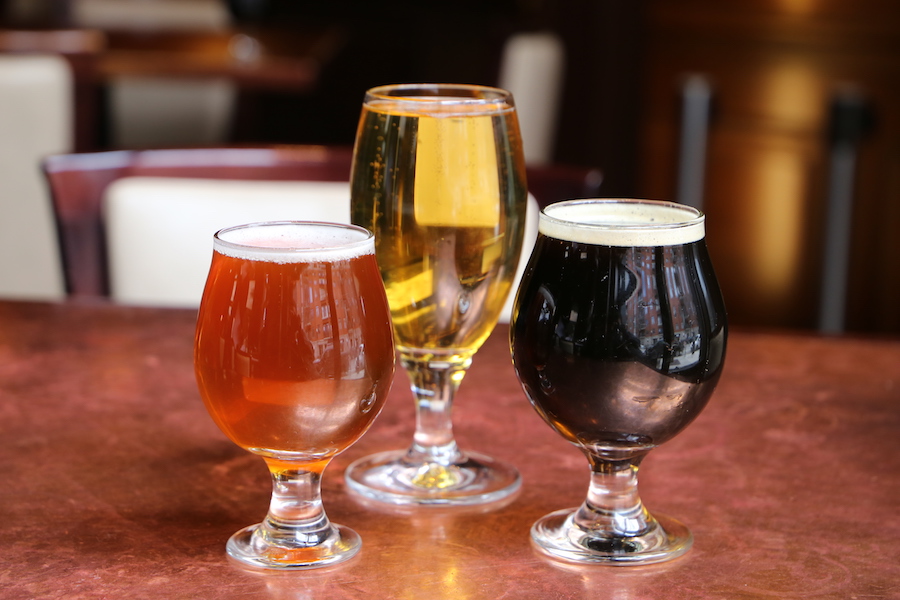Who doesn’t love a good craft beer? But have you ever wondered how brewers get all those unique flavors into their beers? The truth is that brewers use enzymes. Beer enzymes are being used more frequently in the brewing process in recent years because they have been creating successful brews that are satisfying the current desires of craft beer lovers everywhere.
Enzymes are special proteins that speed up chemical reactions. They do this by decreasing the activation energy required for a chemical reaction but are not consumed themselves in the process. Enzymes are used for all kinds of necessary reactions in the human body, but they also have many interesting applications in the food and beverage industry.
There are many types of enzymes intrinsic to the grains used in brewing, but brewers can manipulate two major classes of beer enzymes: proteases, also known as protein-cleaving enzymes, and diastases, also known as starch-cleaving enzymes.
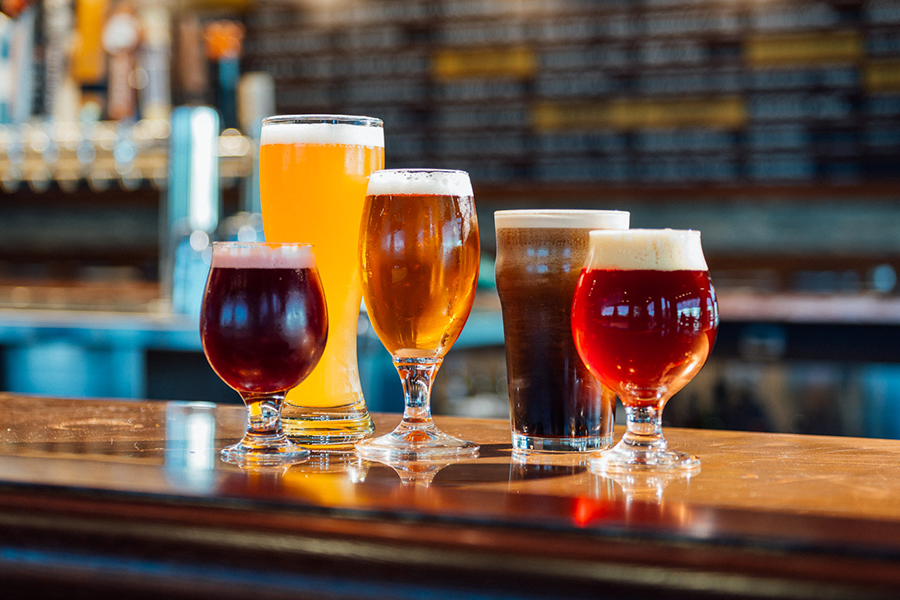
Beer Enzymes: Proteases’ Function
Proteases break down large proteins into smaller ones. This is important in brewing because brewers are concerned with the nitrogen content of their beer. Yeasts, which are necessary for brewing beer, use nitrogen as a primary nutrient. Nitrogen is found in all proteins, but yeasts prefer free nitrogen. Proteases are critical for cleaving proteins and providing that free nitrogen to yeast. Using commercially available protease allows brewers to control the amount and quality of foam or head on a brew. This is something that you want to get just right; too little foam can make the beer seem flat or stale.
Protease works in conjunction with another protein-cleaving enzyme, peptidase, to produce free nitrogen for the brewers’ precious yeast. After protease completes a preliminary protein breakdown, peptidase cuts these shortened chains into even tinier molecules. Peptidase breaks down those molecules from the outside in, essentially, while protease cleaves down the middle. Because of the structure of proteins, this means that peptidase’s cleaving action ultimately frees up nitrogen for yeast.
Preventing Haze with Beer Enzymes
Protease also prevents haze from forming in beer. Haze can be a sign of too many proteins and polyphenols hanging around in your brew, or it can be a much more urgent symptom of bacterial infection. The enzyme protease can mitigate precipitating proteins and polyphenols by breaking them down, enhancing the clarity of a brew. Bacterial contamination is another story that can alter the flavor of your beer in undesirable ways.
While proteases generally enhance the head or foam of a beer, misusing them will over-dilute it. This can create an undesirable, watered-down brew. It’s important to follow directions that come with whatever protease or enzyme kit you purchase. And depending on your beer ingredients, you may have to find your own brewing style that works best.
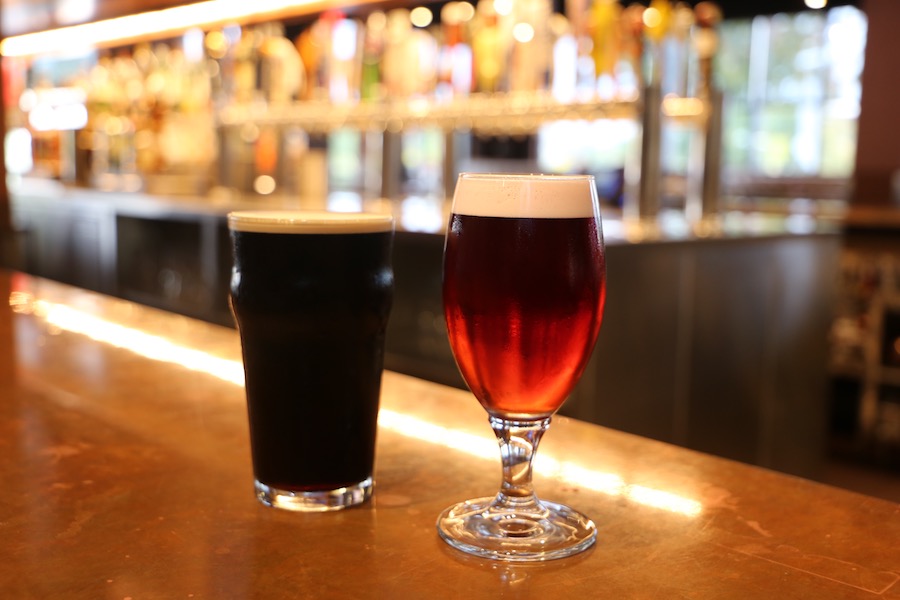
Local Brewing With Beer Enzymes
Proteases and other beer enzymes can be especially useful for brewers looking to utilize local grains. It’s trendy right now to use local ingredients, and it’s undoubtedly a strong marketing move. However, local grains may not go through as stringent a quality control check as those purchased from a major grain company. Certain types of grains not used in mainstream brews can create a gummy texture during the fermentation process. Protease helps break down those grains more to prevent that distasteful phenomenon.
Brewers who are partial to using barley will be interested in using beta-glucanases. Barley contains strong carbohydrate bonds, resulting in several brewing issues. Accumulation of barley beta-glucans can create haze or precipitates, like the excess proteins and polyphenols. These beta-glucans can also gelatinize, and that’s definitely not a characteristic you’re looking for in a beer. Beta-glucanase, as the name suggests, breaks down these beta-glucans to prevent all those problems in your brew.
Another great usage of beta-glucanases is the production of clearer beers. These beers are lower in carbohydrates, which is a movement that is also becoming more popular with beer drinkers. Beta-glucanase accomplishes this by basically being the first line of defense against the starch cell wall. After it breaks down that cell wall, other enzymes can access its inner components and work their magic on the overall texture of the beer.
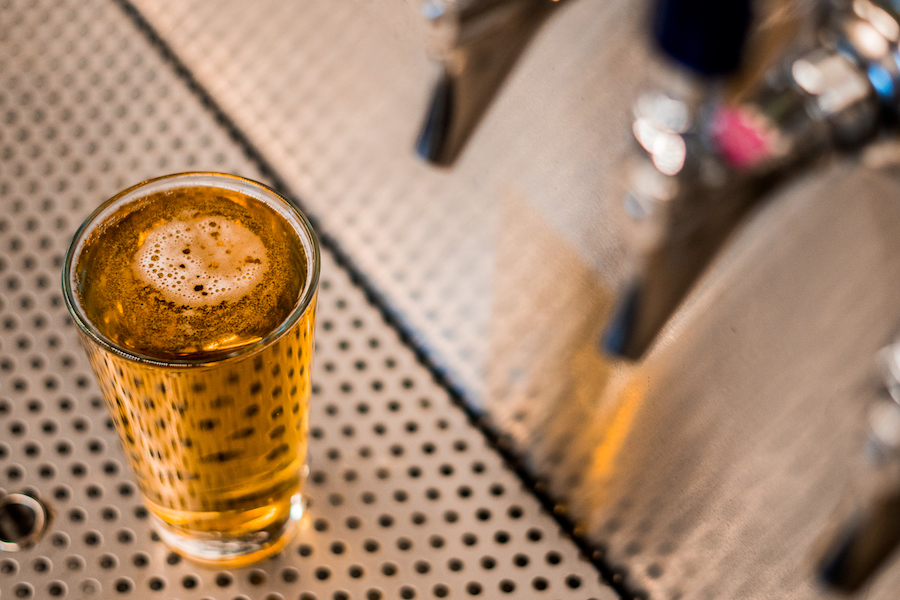
Beer Enzymes Affect Beer Mouthfeel
The other major category of beer enzymes in brewing is diastatic enzymes. These are related to how a beer feels in your mouth and the body of the beer.
As a recap, the grains used in brewing are comprised of bran and endosperm. The endosperm is made of starch, and diastatic enzymes can break down that starch. The results are dextrins and sugars. There are a couple of key-player diastatic enzymes that produce these dextrins and sugars:
The most important diastatic enzymes in brewing are amylases, specifically alpha- and beta-amylase. To produce a thick, rich beer, use more alpha-amylase. Liquefaction is this diastatic enzyme’s specialty. This process involves cleaving starch into smaller carbohydrate bits. The carbohydrate bits that alpha-amylase creates are referred to as dextrins. Dextrins can’t be fermented without further help from other enzymes, but they are responsible for how the beer feels in your mouth.
That further help comes from beta-amylase. This diastatic enzyme continues the starch breakdown process by converting the non-fermentable dextrins into carbohydrates that are fermentable. Those carbs are called maltose and glucose. For brewing, we want some carbohydrates to ferment. It is important to use a balance of alpha- and beta-amylase to create that perfect beer. A lot of beta-amylase will make the beer dry but also higher alcohol content.
Excessive breakdown of starch into fermentable carbohydrates can result in other adverse effects, too. Too many sugars for the yeast to digest can cause more fermentation than desired and ultimately creates too much carbonation. No one wants a single beer filling them up with bubbles.
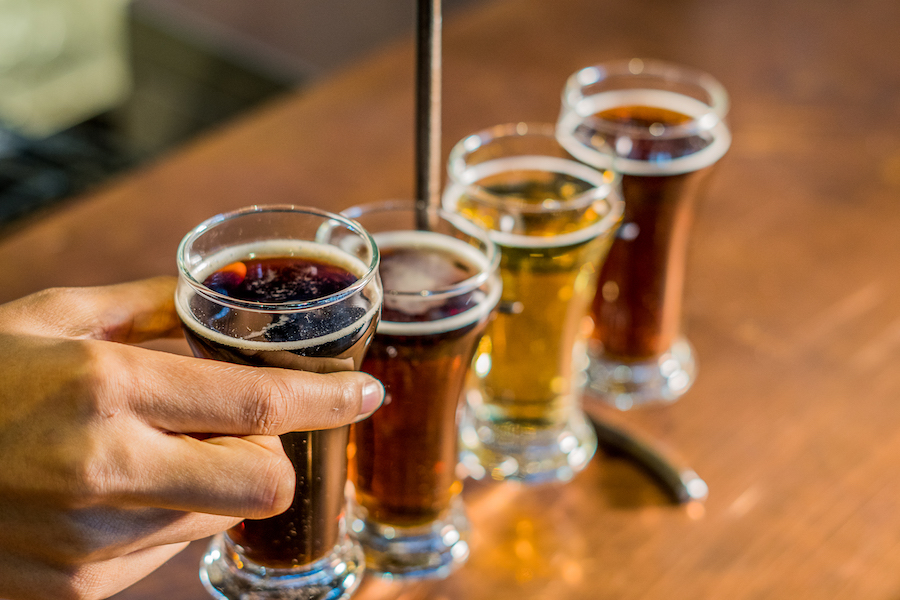
Optimizing Enzymes In Brewing
With so many beer enzymes to consider and an emphasis on balancing them all perfectly, it’s important for the brewer to know how to manage them correctly.
Each enzyme has an optimal functioning temperature and pH. Manipulating the temperature and pH of your brew, therefore, allows you to activate and deactivate these enzymes.
Author: Morgan Clarke
Morgan is a writer and beer aficionado from Dallas, Texas. He has over 5 years of experience in homebrewing and 10+ years of bartender experience. In his spare time, he enjoys creating his own recipes for his friends and family to enjoy. His passion for brewing stems back four generations to his family’s deep roots in the brewing industry.

